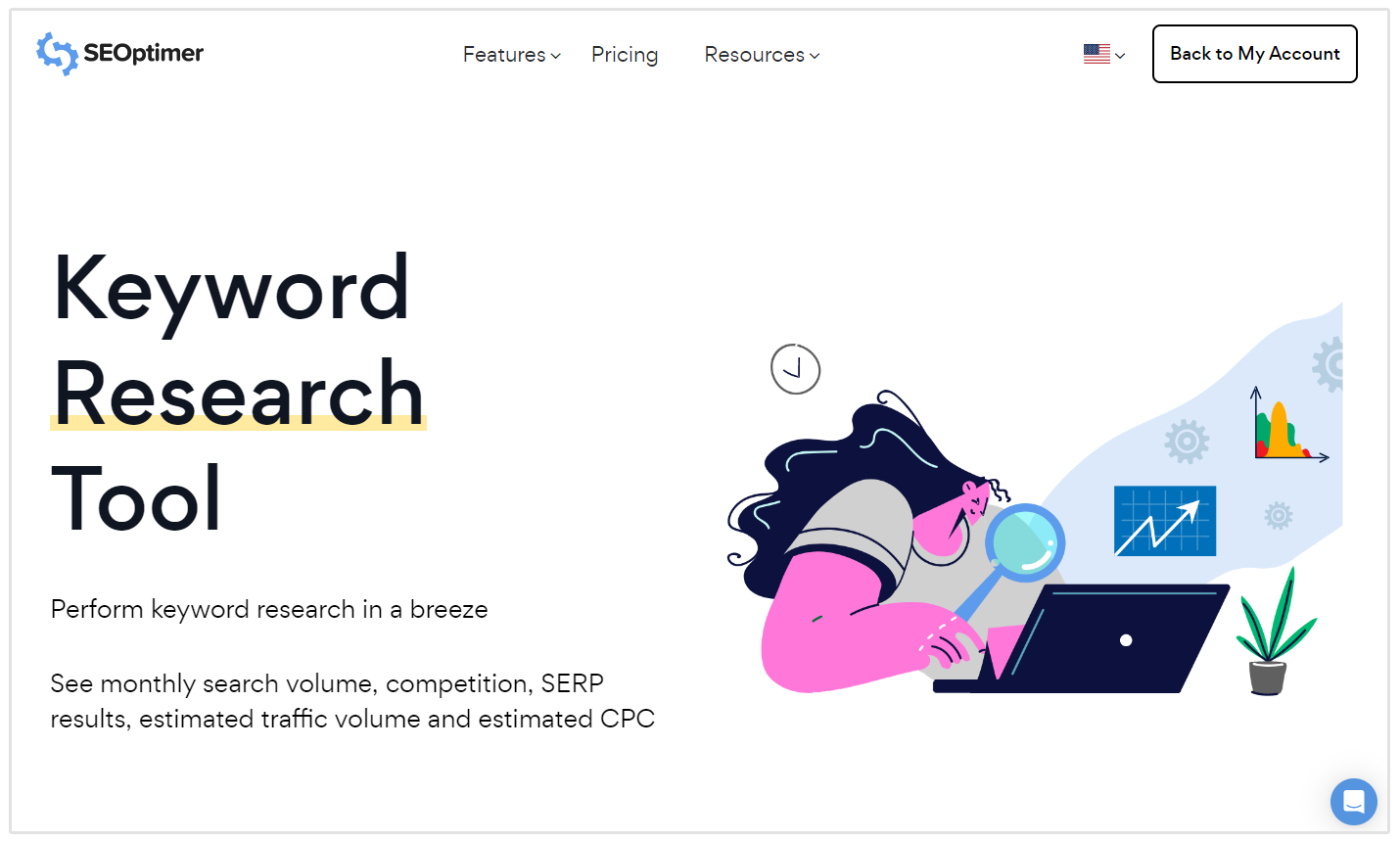Unveiling the Influence of Secondary Measurement in Google Analytics on Data Evaluation and Insights
In the realm of information analytics, the usage of additional measurements within Google Analytics has arised as a crucial tool for removing deeper understandings and unraveling complex patterns that may or else continue to be obscured. By peeling back the layers of main data sets, additional dimensions use a nuanced viewpoint that enriches the understanding of user behavior, internet site efficiency, and the performance of advertising methods.
Discovering the Principle of Second Measurements
Second measurements in Google Analytics supply additional understandings by allowing individuals to analyze primary data in combination with a secondary feature. By incorporating additional measurements, users can dive much deeper into the data and discover beneficial correlations that may or else go unnoticed - what is a secondary dimension in google analytics.
Understanding the principle of additional measurements is essential for making best use of the possibility of Google Analytics. It enables users to sector data successfully, identify patterns, and make notified choices based upon a much more complete photo of their analytics information. By exploring the various second dimensions available in Google Analytics, users can unlock new insights and enhance their digital advertising and marketing initiatives. Fundamentally, secondary dimensions act as a powerful tool for improving data analysis and driving actionable results.
Enhancing Information Interpretation With Additional Measurements
Having developed the fundamental understanding of additional dimensions in Google Analytics and their crucial duty in data evaluation, the emphasis now shifts in the direction of leveraging these second attributes to enhance the analysis of analytics information (what is a secondary dimension in google analytics). By including additional dimensions right into data evaluation, analysts can gain much deeper insights right into individual actions, web site performance, and advertising and marketing efficiency

Additionally, second measurements aid in contextualizing main data metrics by providing added layers of info. This contextualization help in understanding the 'why' behind the information fads, aiding experts make informed decisions and optimizations to enhance overall performance. Eventually, integrating additional measurements enriches the data interpretation process, leading to more meaningful insights and strategic actions.
Uncovering Hidden Insights Via Additional Measurements
Checking out the midsts of analytics data with second dimensions exposes valuable insights that would certainly otherwise continue to be obscured. By integrating second dimensions in Google Analytics, organizations can unearth surprise patterns, trends, and relationships that provide a more thorough understanding of user habits and website performance. These additional layers of data enable analysts to dive much deeper right into the main measurements, such as traffic resources or landing pages, and get a more nuanced point of view on just how various variables interact with each other.
With using secondary dimensions, analysts can section and contrast information throughout numerous dimensions, enabling them to recognize specific elements that influence individual involvement, conversion prices, and overall success metrics. By combining the key measurement of 'device category' with the secondary dimension of 'age team,' marketers can pinpoint which age demographics prefer accessing the website through mobile tools versus desktop computers. This degree of granularity encourages organizations to make data-driven choices and enhance their methods for much better results. Ultimately, uncovering hidden insights via special info second measurements boosts the deepness and precision of information analysis, resulting in even more enlightened decision-making and boosted efficiency results.
Leveraging Secondary Dimensions for Actionable Analytics
Structure upon the insights revealed via secondary dimensions in Google Analytics, companies can now harness this enriched data landscape to drive actionable analytics and critical decision-making. By leveraging secondary dimensions, organizations can dig deeper into their information to remove important patterns, trends, and relationships that may have formerly gone undetected. This deeper degree of evaluation allows organizations to acquire an extra extensive i was reading this understanding of individual actions, campaign efficiency, and overall internet site efficiency.
One key benefit of utilizing secondary dimensions for actionable analytics is the ability to sector data based upon particular criteria. This segmentation allows organizations to tailor their methods and campaigns to different target market groups, leading to a lot more targeted and reliable advertising efforts - what is a secondary dimension in google analytics. Additionally, additional measurements give a more alternative view of customer interactions, allowing services to maximize their internet site content, design, and overall user experience
Maximizing Decision-Making With Additional Dimensions
To boost tactical decision-making in analytics, leveraging second measurements in Google Analytics can provide a much more nuanced viewpoint on customer actions and project efficiency. By incorporating second dimensions right into data evaluation, businesses can dig much deeper into the specifics of their site site visitors' interactions and engagement patterns. This extra layer of info enables for a more extensive understanding of how various variables, such as demographics, tools, or web traffic sources, impact key efficiency signs.

Final Thought
In final thought, using second dimensions in Google Analytics plays an essential duty in improving data analysis and discovering hidden insights. By discovering this concept, one can obtain a deeper understanding of individual behavior and make notified choices based on workable analytics. Leveraging secondary dimensions permits for a more detailed interpretation of data and optimizes the effectiveness of decision-making procedures.
